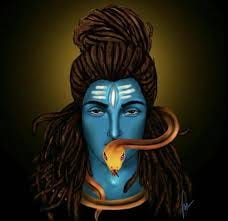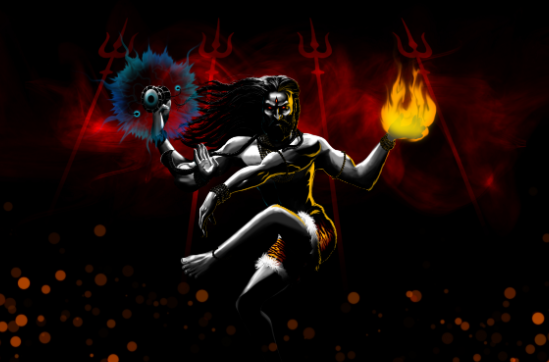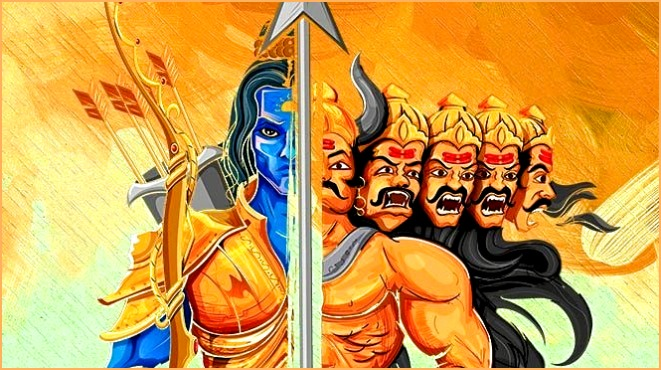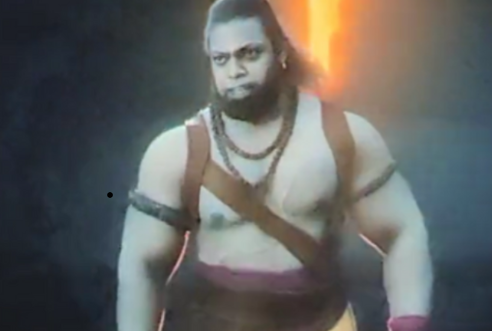गुरुर ब्रह्मा गुरुर विष्णु गुरुर देवो महेश्वरः
गुरुः साक्षात्परब्रह्मा तस्मै श्री गुरुवे नमः
5th September, the day one of the greatest scholars of the 20th century, 2nd President of India Sarvapalli Radhakrishnan was born. The day we know and celebrate as Teacher’s Day. Being a teacher’s son, I have seen the pain and toil a teacher does to liberate society from the trenches of ignorance and darkness. A society without an empathetic teacher is a body without a soul. But who lightened the candle of education and knowledge first. Who is the first teacher? What is the origin of all the teachers of society? Who is Adiguru and Why?
Adiguru — the first teacher or the Supreme Master, the person who started the teacher disciple lineage. As per Hindu mythology, Lord Shiva is the Adiguru. The origin of Yoga, Dance, Art, War, Ayurveda, and many other areas has been Lord Shiva. Lord Shiva has enlightened the world with his wisdom while walking through different phases of his life. Let’s pick some of those pearls from Lord Shiva’s journey.
Lord Shiva — the teaching teacher
Parashurama, the sixth incarnation of Lord Vishu, the guru of Bhisma, Drona, and Karna was himself a disciple of Lord Shiva. Lord Shiva crystallized the martial arts skills of Parshurama and made him a furious warrior. The same martial art form has traveled across generations and is today practiced as Kalaripayattu in Modern Kerela.

Lord Shiva as a teacher ignited the candle of wisdom via Parsuram and it’s still alive with us. It is a trait of a great teacher to build skills of knowledge propagation and empowerment across his/ her students. The skill that keeps the wheel of wisdom moving across generations. Today our education policy needs to boost teachers who not only are learned but also great propagators of knowledge like Parsurama.
Lord Shiva — the teaching husband -
Lord Shiva meditated for thousands of years and mastered the art of Yoga. In order to propagate the Yogic art to the world, Lord Shiva bestowed the knowledge of his thousand years of meditation to Parvati. He taught the 84 Asanas of yoga to Parvati. The story of Lord Shiva imparting Yogic wisdom to Parvati is a story of balance. Balance in terms of body, mind, and soul. Because it was Lord Shiva’s love for Sati that made him Yogi, but it was his love for Parvati that made him Aadiyogi.

A good teacher always looks for balance in terms of the mind of his/her students, knowledge, power, or money. S/he always tries to nurture a balanced society which becomes an epitome of wisdom and knowledge.
Lord Shiva — the teaching father —
As per Skanda Purana, Lord Shiva sent his eldest son Kartikeya to Lord Brahma for education. Kartikeya went to Lord Brahma and asked a simple question.
Kartikeya — Please tell me the meaning of Om?
Brahma — First learn the alphabets then we can come to that question.
Kartikeya — No, I want the highest wisdom first
As Lord Brahma himself was not aware of the meaning of Om, Kartikeya returned to Kailasa and asked the same question to Lord Shiva. Lord Shiva himself was unaware of the answer. Kartikeya was ready to tell the answer but on one condition i.e. elevating Kartikeya to the pedestal of a teacher or Guru.
Lord Shiva agreed and live Kartikeya on his shoulders. Kartikeya then deciphered the meaning of Om in Lord Shiva’s ears. On hearing this Parvati joyously coined a new name Swaminatha (Natha — Teacher, Swami — Husband) for Kartikeya.

This story brings into picture one of the most important traits every teacher must follow. The path of being a seeker of knowledge from anyone and everyone. This is how the cycle of knowledge keeps on moving and reaching new horizons.
Hope this Teacher’s Day enlightens the candle of eternal wisdom across the minds of every student.


















